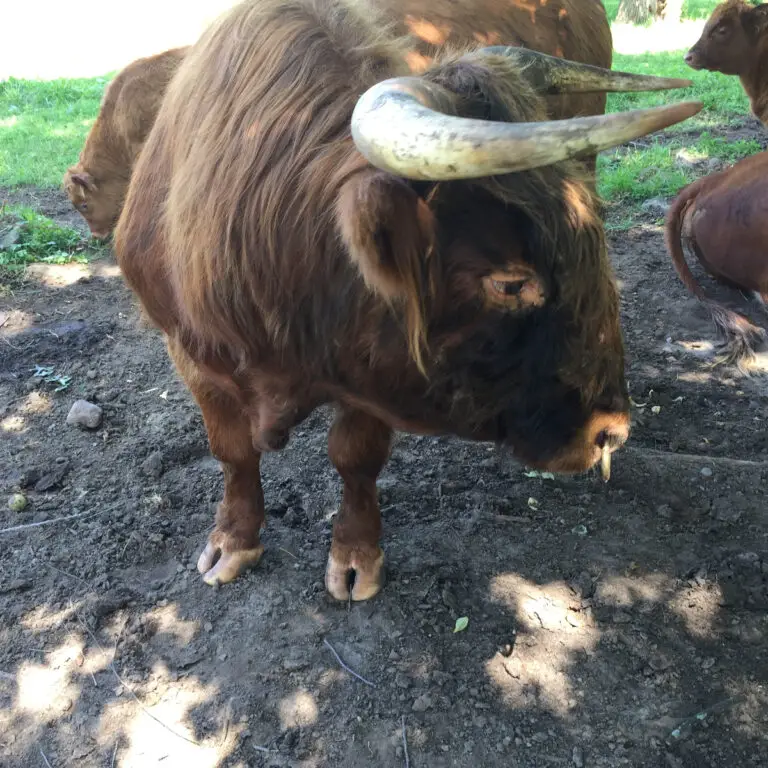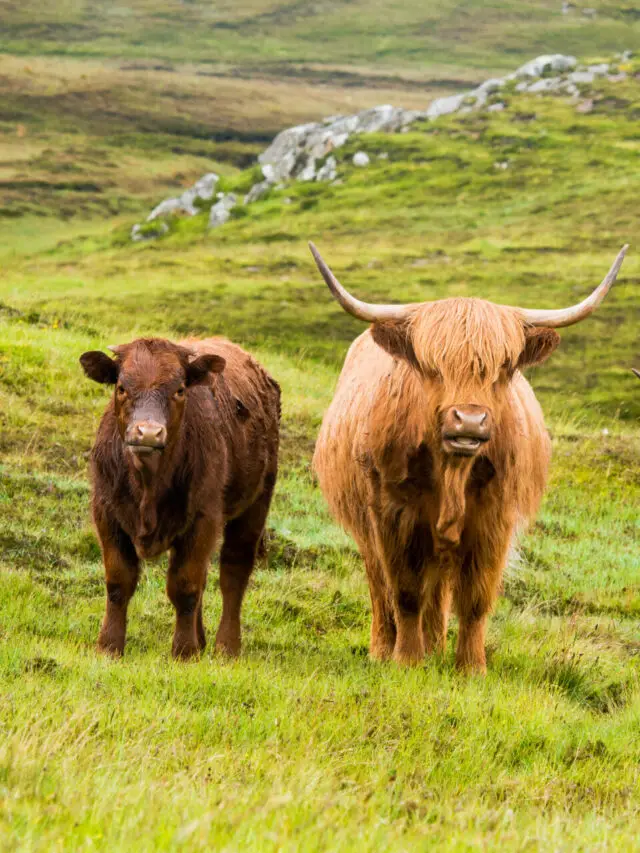Unveiling the Nutritional Superiority of Highland Beef: A Comprehensive Study
Recent research spearheaded by Charles Bruce at the University of Glasgow has shed light on the exceptional health benefits of pure pedigree Highland beef, building upon earlier studies such as the one conducted in 1997 by Dr. Ivy Barclay.
This groundbreaking study, supported by funding from the Highland Cattle Society through the Queen’s Jubilee Trust, aimed to explore the nutritional advantages of Highland beef through rigorous analysis.
The study meticulously examined samples of sirloin sourced from various locations across Scotland and Yorkshire, employing a rapid slice shear force test to assess tenderness, alongside chemical analyses to measure moisture, iron, protein, and cholesterol content.
The findings of this study are remarkable, revealing that pure Highland beef is significantly more tender than its commercial counterparts, with a tenderness score of 83.27, well below the benchmark of 100 which categorizes meat as “very tender.
This enhanced tenderness not only contributes to a superior eating experience but also highlights the breed’s unique quality. Furthermore, the nutritional profile of Highland beef is notably superior, containing nearly 7% more protein and almost 17% more iron than commercial beef varieties, while also boasting an average of over 4% less cholesterol.
This nutritional composition underscores the health benefits of choosing Highland beef, offering a richer source of essential nutrients while minimizing cholesterol intake.
One of the study’s most intriguing discoveries is the relationship between intramuscular fat, known for creating the desirable marbling effect, and the meat’s nutritional value. Highland beef’s marbling is characterized by lower levels of saturated fat, contributing to the meat’s tenderness, succulence, and distinctive flavor without the expected increase in cholesterol levels.
This unexpected finding challenges conventional wisdom regarding fat content and cholesterol levels, suggesting that the diet of the cattle and the conditions of their rearing may play a significant role in this phenomenon.
Charles Bruce’s research not only provides valuable insights into the nutritional superiority of Highland beef but also lays the groundwork for further investigation into the factors influencing its health benefits.
This study is a testament to the importance of breed and rearing practices in determining the quality and healthfulness of beef, offering consumers a compelling reason to choose Highland beef for its exceptional tenderness, rich flavor, and nutritional advantages.
The full report, available through the Highland Cattle Society, is a pivotal resource for anyone interested in the health benefits of beef consumption, sustainable farming practices, and the preservation of heritage breeds.
It represents a significant contribution to our understanding of how traditional breeds like the Highland cattle can offer not only cultural and environmental benefits but also tangible health advantages, reinforcing the value of maintaining biodiversity in our agricultural systems.








